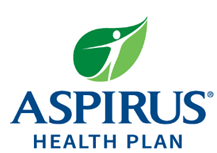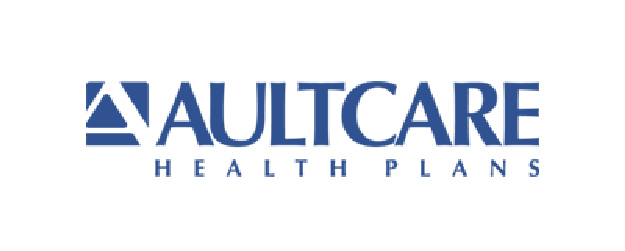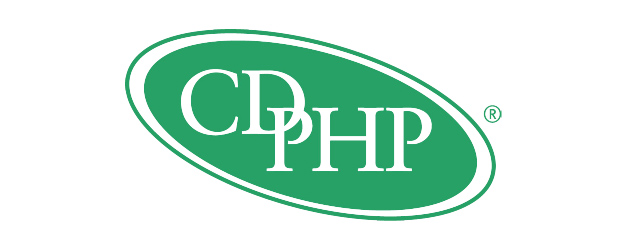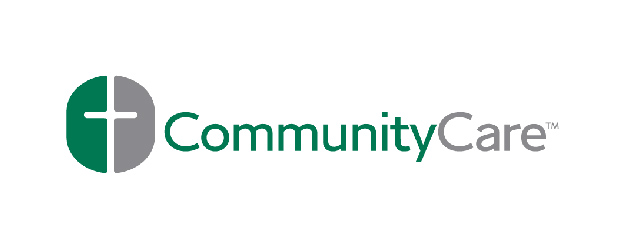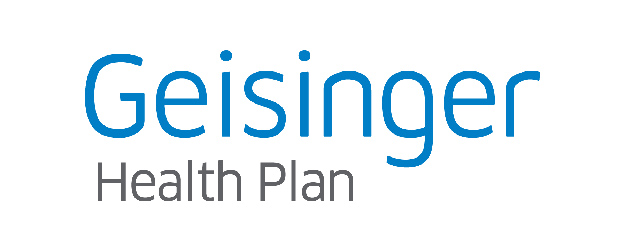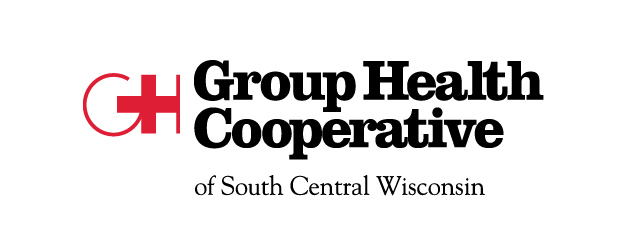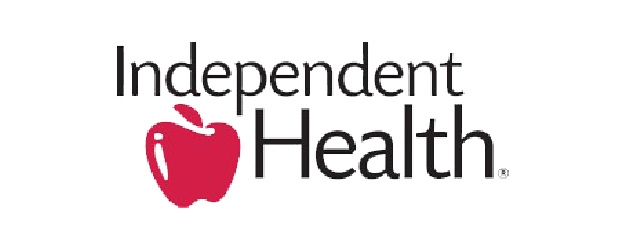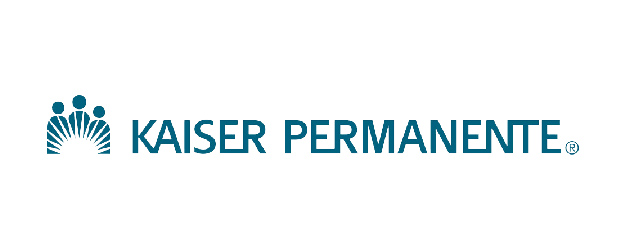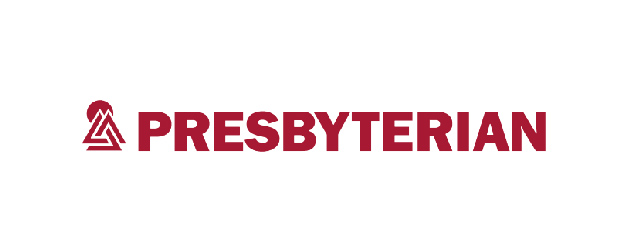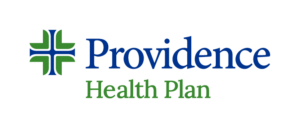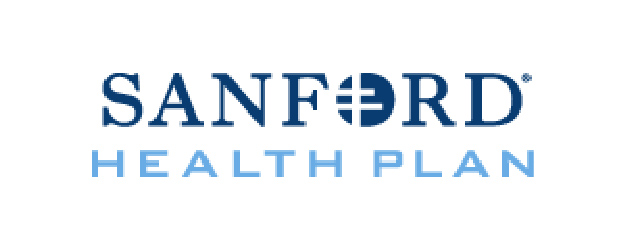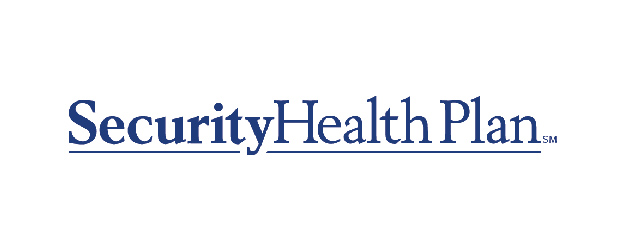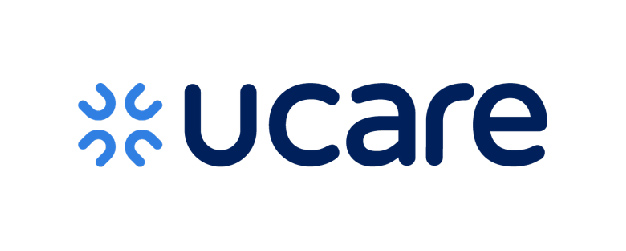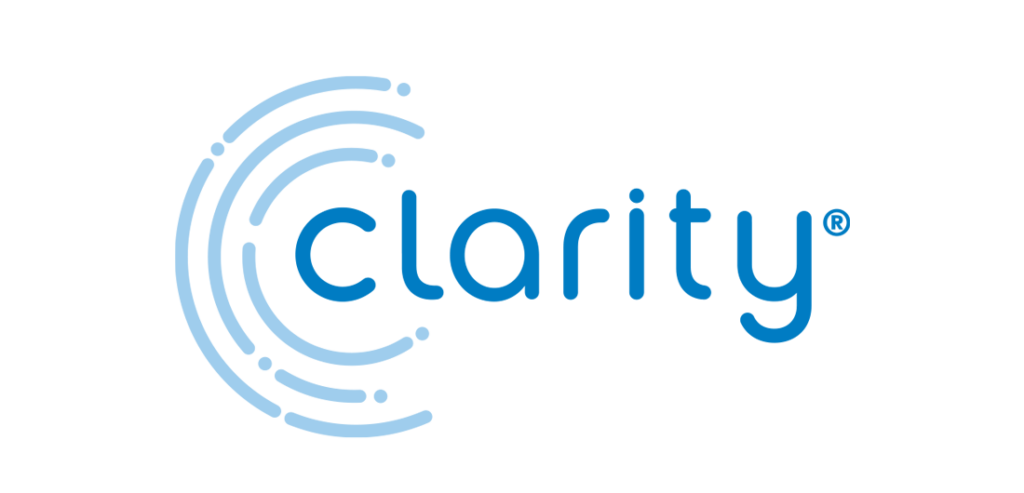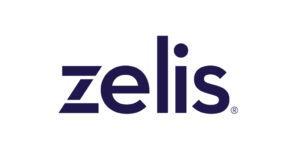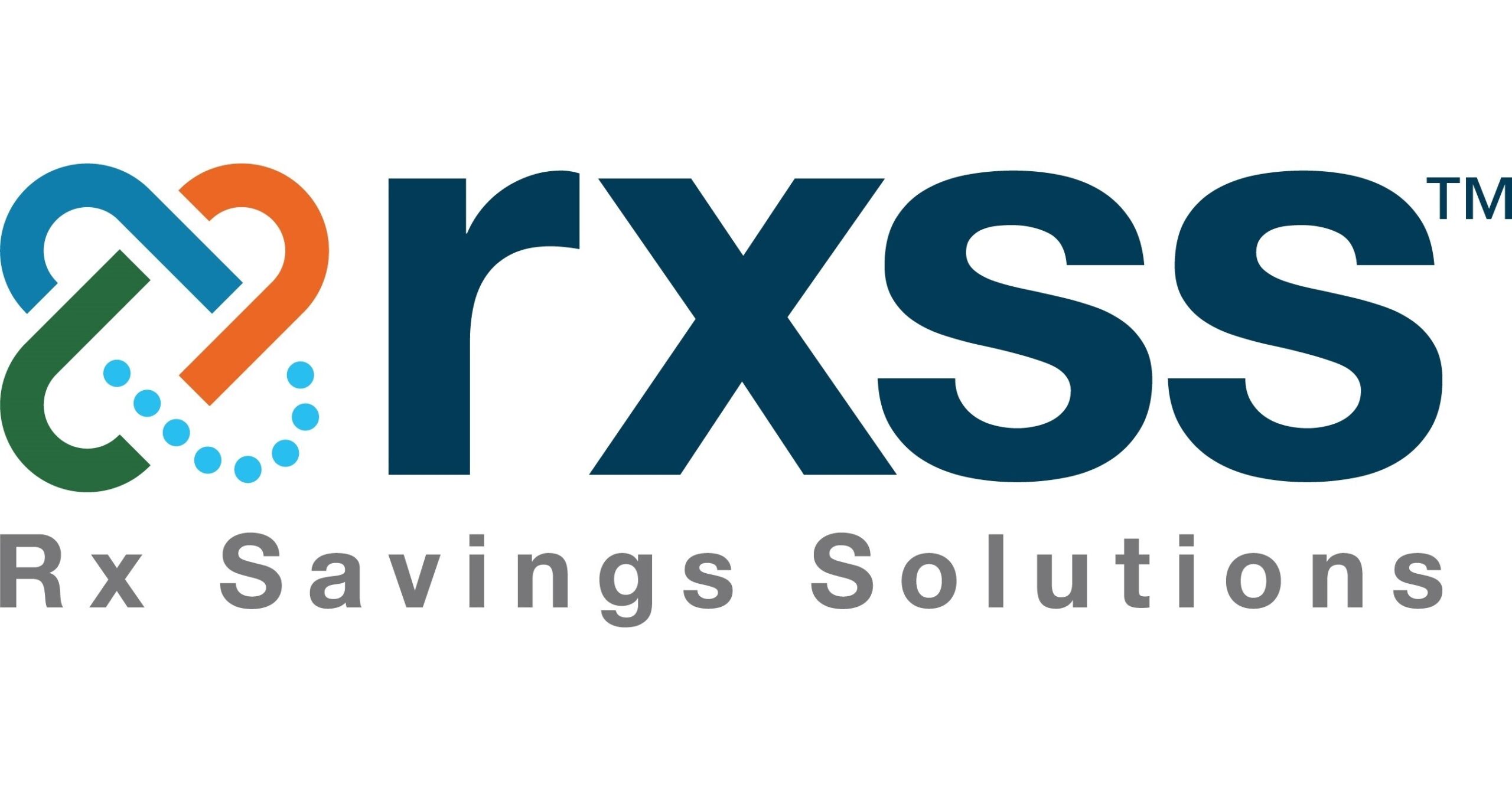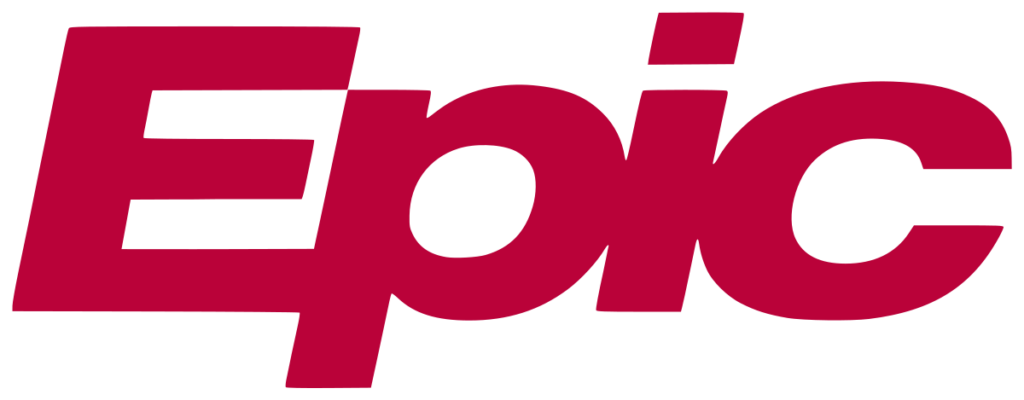The ACHP Difference
From policy wins to adding new members to a new grant project, 2024 was another busy year for the Alliance of Community Health Plans. Supported by members and our network of key influencers in health care, we remained focused on improving access to high-quality coverage and care across the country.
Advocating for Nonprofit Health Plans to Safeguard Consumers, Taxpayers
- Raised alarm bells for inadequate Medicaid capitation rates in nearly a dozen states.
- Successfully lobbied CMS to include language curtailing excessive payments to Medicare Advantage (MA) brokers in a final rule.
- Secured appropriations report language to tier coding intensity adjustments, a key pillar of MA for Tomorrow.
- Aggressively pushed pharmacy benefit manager (PBM) transparency efforts to combat high prescription drug costs and included members in meetings with White House officials at the National Economic Council and Domestic Policy Council.
- Joined stakeholders to launch the Keep Americans Covered coalition, calling for extended enhanced advanced premium tax credits.
- Hosted a post-election virtual briefing and a two-day Policy and Advocacy Strategy Summit to set the stage for working with a new Administration and Congress.

ACHP members at the Policy and Advocacy Strategy Summit

Congressional staff share insights for 2025
- Amplified ACHP members' efforts to support provider partners in the wake of the Change Healthcare cyberattack.
- Supported legislation to curb drug manufacturer abuses of patents, making it easier for competitors to enter the market and lower the cost of GLP-1s.
- Developed a policy framework to address high-cost drugs – the only trade association to do so – based on input received during a member workshop.
States have been slow to respond to what is an urgent problem and slow to take a look at the 2024 data that has been shared with them. We don't quite understand why that is. But as these critical weeks have passed, it's a very unfortunate situation.

With so many unknowns about GLP-1s, a cautious approach is needed with continued focus on the evidence-based strategies that tackle root causes of obesity, including nutrition and socioeconomic factors.

Presentation on ACHP’s Workshop on High-Cost Drugs
Expanding our Footprint – and our Voice
ACHP welcomed five new members, growing ACHP’s footprint to include 30 member organizations covering over 24 million lives across 40 states and Washington, D.C. These new members validate that the voice of community health plans and the payer-provider model of care is more relevant than ever.
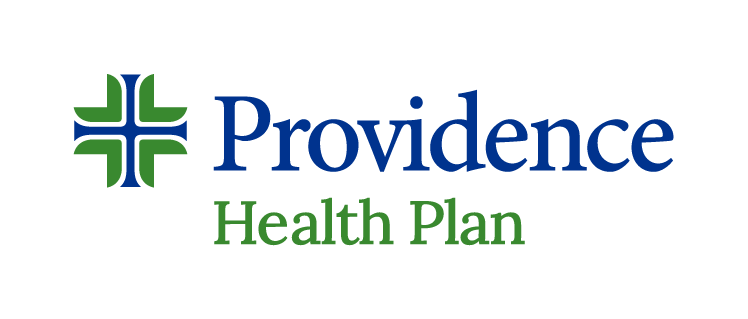
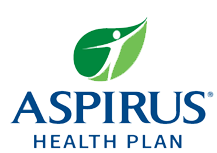



ACHP introduced its Affiliate membership category, open to innovative companies offering cutting-edge products to health plans.
Inaugural Members
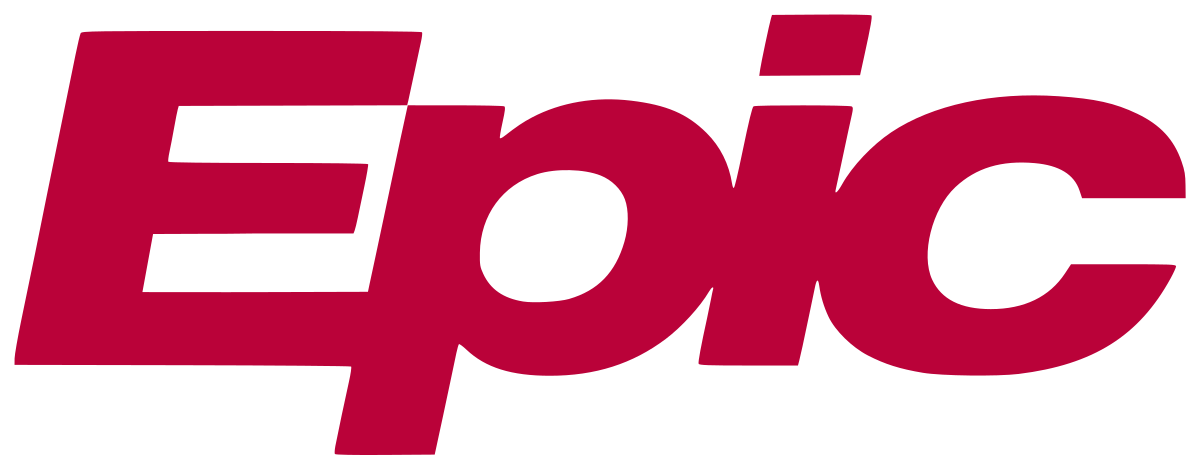

- Expanded ACHP’s Vendor Inventory, empowering thousands of executive decision-makers to select the right partners to enhance their businesses.
- Presented to the boards of directors at six ACHP member companies, highlighting the value of the unique model of care provided by community health plans.

Spring Street Exchange’s Nancy Wise leads a session at ACHP’s 2024 CEO Retreat

ACHP member executives participate in roundtable discussion at CEO Retreat
- Launched ACHP PAC to bolster advocacy efforts and strategically support policymakers who align with the priorities of high-quality community health plans.

Rep. Mike Kelly (R-PA) attends inaugural ACHP PAC event
- Hosted members, sponsors, experts and policymakers to Advance our Unique Vision at ACHP’s Annual Symposium in Washington, D.C.

Ceci Connolly and UPMC Health Plan’s Diane Holder

ACHP board members on Capitol Hill

CDC Foundation’s Dr. Judy Monroe, Common Health Coalition’s Dr. David Chokshi and Priority Health’s Shannon Wilson

CDPHP’s Eileen Woods, Sanford Health Plan’s Dr. Kevin Faber, SKJ Consulting’s Sharon Jhawar and Duke-Margolis Institute for Health Policy’s Anna Hung

S-3 Group’s Jose Ceballos, former Wall Street Journal Deputy Bureau Chief Jeanne Cummings and Team Scalise’s Grant Saunders

Fallon Health’s Manny Lopes and Ceci Connolly

Attendees convene between sessions at Symposium

Board members of ACHP member companies participate in breakout sessions
- Presented the Bernard J. Tyson Health Equity Award to two leaders committed to making health care more equitable in their communities

Ruth Williams-Brinkley, 2023 awardee, announcing 2024 Tyson Health Equity Award recipients

Patricia Wilkerson-Uddyback (center), 2024 Tyson Health Equity Award recipient
ACHP secured new flexibilities to conduct outreach using various modalities of communication, such as phone, text, email and voice mail, to reach consumers and deter coverage loss.
More than 400 meetings by ACHP with members of Congress and staff
46 in-person meetings by 16 ACHP member company CEOs with key members of Congress, including leadership, committee Chairs and Ranking Members
62 meetings with senior Congressional staff by Government Relations and MA executives representing 13 ACHP members
Nearly 100 meetings by ACHP and members with the Biden Administration
25 letters sent to Congress and the Administration advocating for policies supporting ACHP members
8 Action Alerts
1 Congressional briefing
1 Senate Finance Committee hearing featuring an ACHP member company CEO



Ceci Connolly at the Milken Institute’s Future of Health Summit

Ceci Connolly at Reuters Total Health

Ginny Whitman at HLTH24

Michael Bagel at Capitol Street Fall Forward Health Policy Seminar

Ceci Connolly at Sanford Health’s Third Annual Summit on the Future of Rural Health

Ceci Connolly at U.S. News and World Report’s State of Equity in America
- Over 120 mentions across national, trade and regional publications.
- Inside Health Policy: Paragon Echoes Community Plans’ Recs in New Suite of MA Reforms
- Becker’s Payer Issues: Broker Caps a Step Toward Level Playing Field for Medicare Advantage
- CNBC: Weight Loss Drug Wegovy is Now Approved for Heart Health – But That Won’t Mean Broad Insurance Coverage Just Yet
- Modern Healthcare: States Push Back as Medicaid Insurers Lobby for Rate Hikes

Ceci Connolly joins Angela Perri on UPMC Health Plan’s Good Health, Better World podcast
2024 Federal Advocacy by the Numbers
meetings by ACHP with members of Congress and staff
in-person meetings by
letters sent to Congress and the BIDEN Administration
ACTION ALERTS to members and newsletters to Capitol Hill staff

Ceci Conolly and ACHP members meet with First Lady Jill Biden at White House Cancer Moonshot Roundtable

Health New England’s Richard Swift, Ceci Connolly and Rep. Jim McGovern (D-MA)

Peter Marks, Director of FDA’s Center for Biologics Evaluation and Research, meets with ACHP member CEOs

ACHP and members meet with Rep. Richard Neal (D-MA)

Representatives from the Biden Administration meet with UPMC Health Plan and ACHP leaders in Pennsylvania

Ceci Connolly and Kaiser Permanente’s Greg Adams
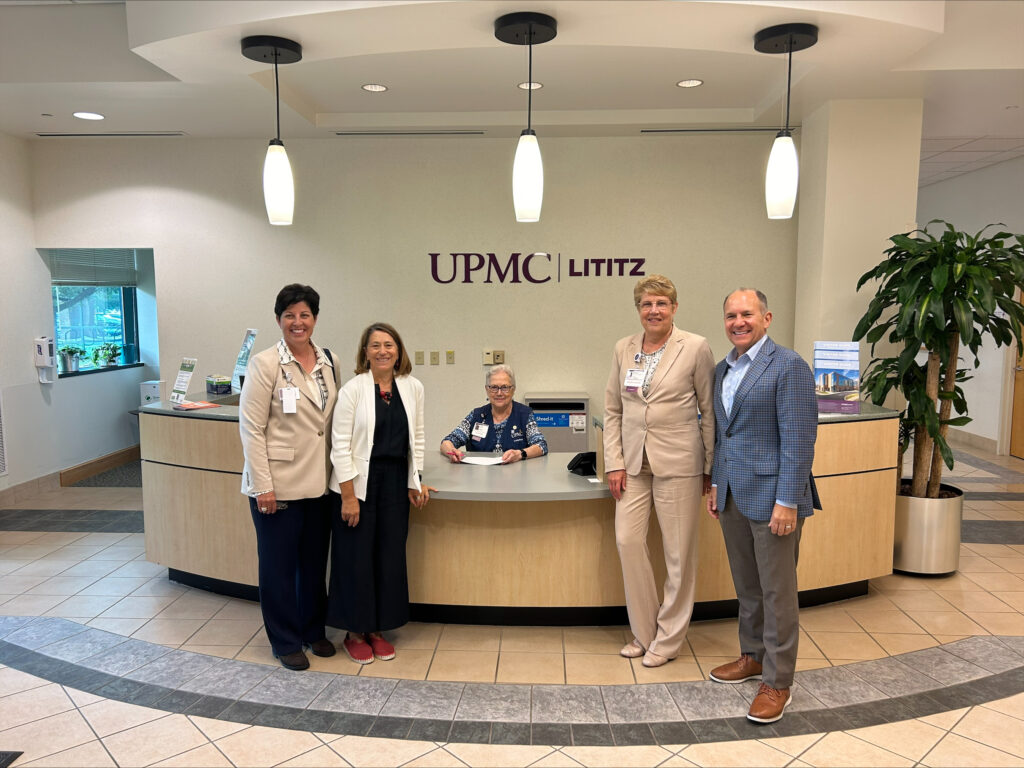
Rep. Lloyd Smucker (R-PA) visits UPMC Health Plan

ACHP staff attend HHS Food is Medicine Summit

ACHP staff with CMS Administrator Chiquita Brooks-LaSure and Director of the Center for Medicare Meena Seshamani

Ceci Connolly with Common Health Coalition Chair Dr. Dave Chokshi

Christopher DeVore, Josh Jorgensen, Ceci Connolly and Dan Jones at the Winston Health Policy Ball
Advancing Efforts to Reduce Incidence of Chronic Disease
ACHP received an 18-month grant from The Leona M. and Harry B. Helmsley Charitable Trust to support the Chronic Disease Pledge. The $1.5 million grant gives ACHP and its members the ability to expand the use of continuous glucose monitoring (CGM) devices for patients with type 1 diabetes.
- ACHP convened members and stakeholders in Minneapolis, MN at the HealthPartners International Diabetes Center for a summit discussing strategic initiatives to expand CGM access.
We are on the verge of a new paradigm of diabetes care. It’s tough and complex. Let’s think big, act fast.

CDPHP's Cori Rowe moderates a panel of experts sharing their experiences treating patients with CGM
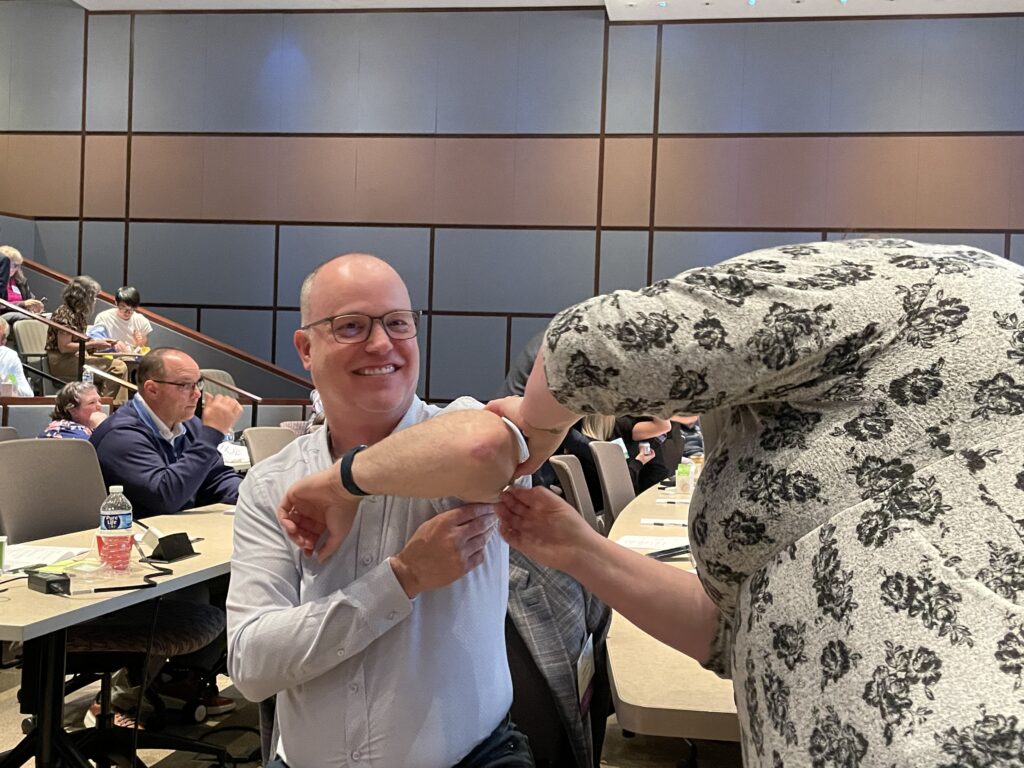
Sanford Health Plan’s Dr. Kevin Faber tests out a CGM

Members hear from experts in chronic disease management
ACHP members continue making progress on their Chronic Disease Pledge commitments to reduce the incidence of chronic disease in their communities by 2030.
BRIGHT SPOT:
Driving Impact with Data
Health plan leaders convened in Madison, WI, to Innovate for Impact on the expansive campus of Epic Systems, learning how to lead transformation with data. Sessions on cost-reduction innovations in health care, navigating digital health tools and more drove conversations on tackling critical issues.

Security Health Plan’s Krista Hoglund, Group Health Cooperative of South Central Wisconsin’s Dr. Mark Huth and Ceci Connolly at ACHP’s Spring Conference

Attendees convened for two days at Epic Systems

James Rebitzer, author of ”Why Not Better and Cheaper?” speaks to ACHP members
The 2024 Report on Affordability in Health Care showcased member initiatives to increase spending efficiencies and improve health outcomes. The report shows:
Sanford Health Plan successfully moved
of patients taking Humira to a biosimilar, generating
Becker’s Payer Issues:
What Separates Value-Based Successes From Failures?
In 2024, ACHP launched the NCQA Quality Benchmarking Report for members, offering comparative and self-analysis tools for member health plans. Atlas@ACHP was approved by ACHP’s Board of Directors in 2024 and, when launched, will aggregate data to show policymakers the impact of provider-aligned and integrated health plans.
In Our Community
ACHP is proud of the diversity of backgrounds, perspectives and experiences amongst its employees. Staff volunteered to organize community events and charitable activities throughout the year, including:
- A walk/run benefiting Sioux Falls, SD-based Helpline Center’s Step Forward to Prevent Suicide.
- Paid time off to volunteer at community organizations such as food drives and urban gardens.
- A donation drive for SMYAL, a nonprofit supporting LGBTQ+ youth in the Washington, D.C. area, during Pride Month.
- Tour of the Frederick Douglass National Historic Site during Black History Month.
- Staff-organized education and outings during Asian American Pacific Islander Heritage Month, Hispanic Heritage Month, Women’s History Month, Native American Heritage Month and more.

ACHP Staff drop off donations for SMYAL

2024 ACHP Members
©2025 ACHP











